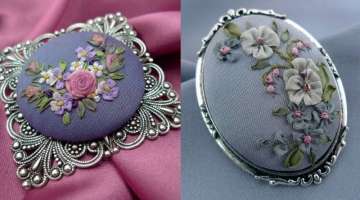Striking Blue Dragon Nudibranch Sea Slugs Wash Ashore On NSW North Coast Beaches
A striking blue dragon sea slug that eats bluebottles and can give a powerful sting has been washing ashore and capturing the imagination of residents on the north coast of New South Wales.
- 1 | 5

The unusual, soft-bodied nudibranch is sometimes described as resembling a dragon in flight, a Pokemon or a blue lizard, and goes by the official name of glaucus atlanticus. Australian Marine Stinger Advisory Service director, Dr Lisa Gershwin, said it was a fascinating little creature. "I think they look like a lizard, they have the little head, arms, feet, and fingers and toes, and tail, but then they have these fantastic blue, black and silver racing stripes that just make them unmistakable," she said.
- 2 | 5

Similar to bluebottles, the blue dragon nudibranchs float on the surface of the water and normally spend most of their time in the open ocean. Dr Gershwin said regular onshore winds along the northern NSW and Queensland coastline this summer had been washing them onto beaches. "Like bluebottles, they hang out right at the air/water interface, and are all floating, living as a community together, so when the wind blows it moves all of them," she said. "Every time we get a big swarm, or armada, of bluebottles washing in, the glaucus [nudibranchs] are usually with them as well." (The 'blue dragon' nudibranchs float on the surface and have been spotted on beaches and in rockpools in Port Macquarie recently.(Supplied: Michael Spooner)
- 3 | 5

The small sea slugs are only about only 25 millimetres long, which means they are often overlooked in between beached bluebottles. Port Macquarie-based surf school instructor Corey Enfield said, despite their unassuming size, he had seen a surprisingly large number on local beaches recently. "I saw a whole bunch of the little blue nudibranchs at local Flynn's Beach the other afternoon," he said. "They are beautiful to look at. I became aware of them about two or three seasons ago and I've seen them maybe three or four times," he said. (The nudibranch is only tiny, seen here next to a fingertip.(Supplied: Michael Spooner)
- 4 | 5

Dr Gershwhin said the blue dragon sea slug's favourite food was bluebottles and other pelagic creatures. She said it meant the nudibranch packed a powerful sting, as it could store the bluebottle stinging cells in its 'fingers'. "When they are floating and come into their prey … they just start munching away," she said. "They are able to store the stinging cells from their prey, that is, bluebottles, in their little … fingers and toes and then use them for their own defence. I've been nailed by them, they hurt." (Bluebottles are washed onshore by strong winds and this summer have appeared on a range of east coast beaches.(ABC Mid North Coast: Emma Siossian)
- 5 | 5

Meanwhile, large numbers of bluebottles have also been washing ashore in NSW and Queensland this summer. Dr Gershwin said the best treatment for a bluebottle sting was to rinse away any remaining stinging cells still on the skin with seawater, and then use fresh warm water or ice for the pain. (A large number of 'blue dragon' nudibranchs were recently spotted on Port Macquarie beaches.(Supplied: Corey Enfield)



















